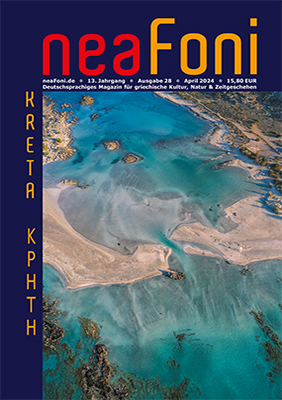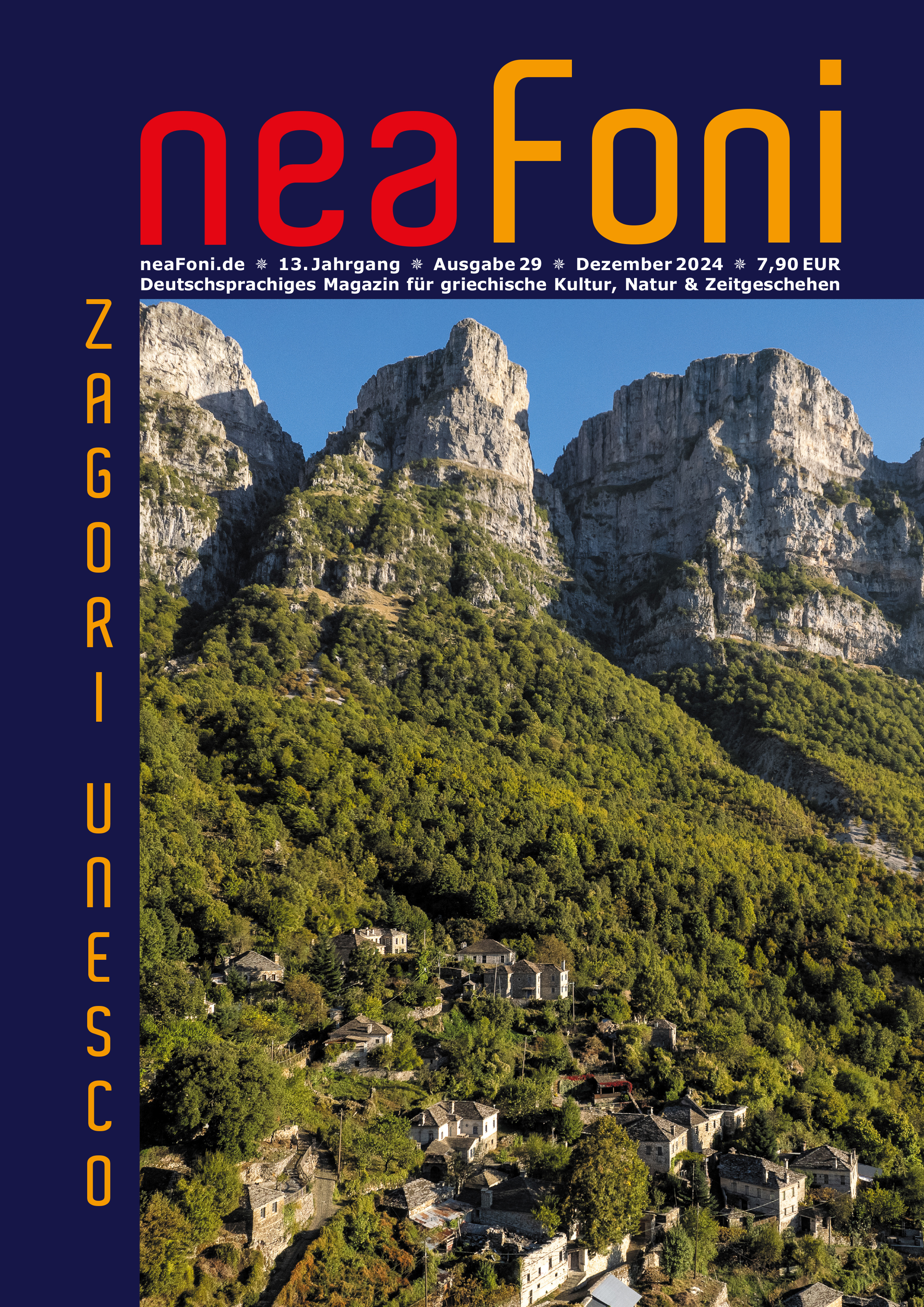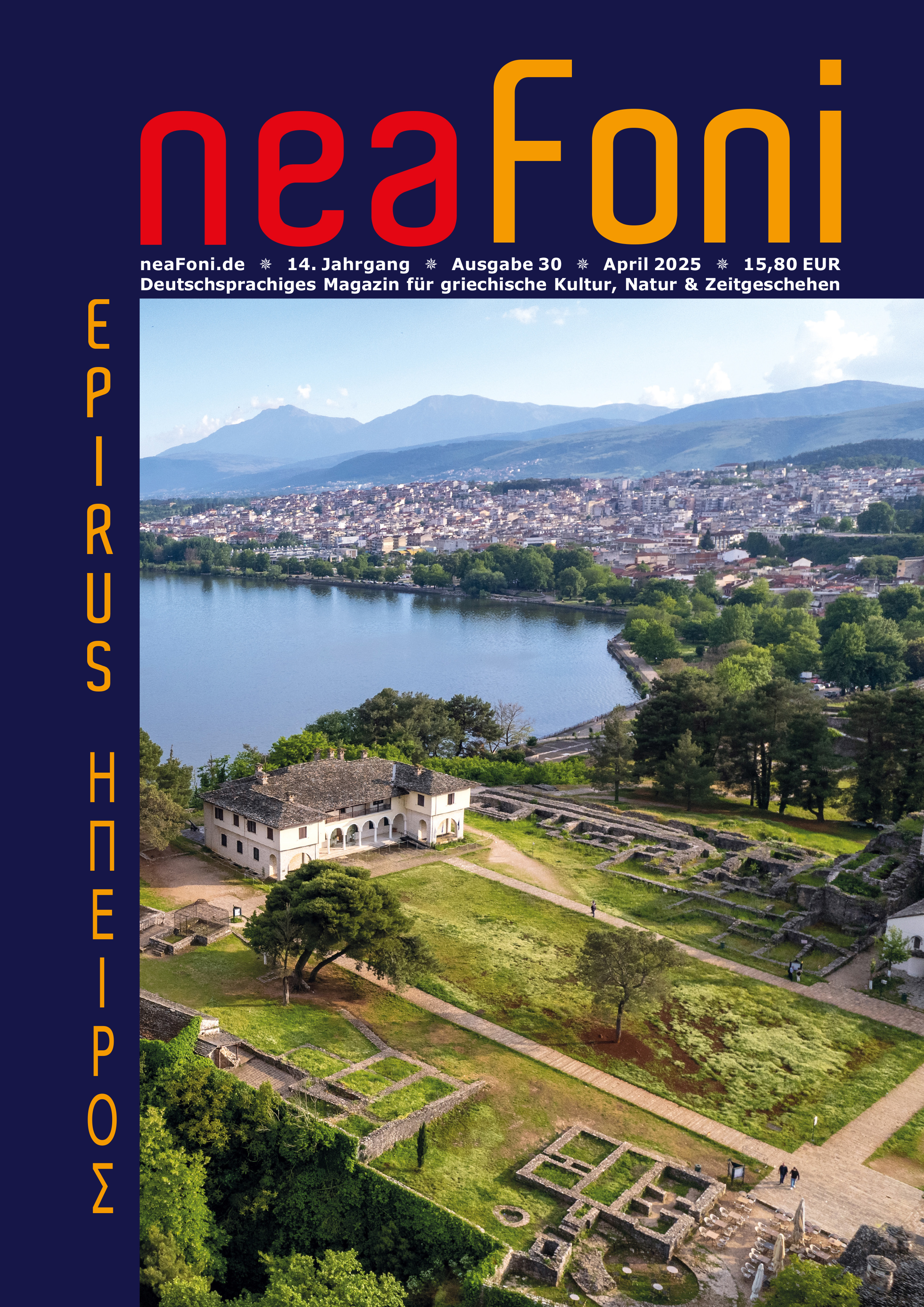Die Olympischen Spiele 2004 haben auch an ihrer Geburtsstätte ihre Spuren hinterlassen. Ein Besuch im nacholympischen Olympia.
In der antiken Welt stand Olympia für die über Jahrhunderte hier ausgetragenen Spiele zu Ehren von Zeus und des Heroen Pelops. Hier den Ölzweig des Siegers zu erringen war der sehnlichste Wunsch von Tausenden. Und selbst mit dem Untergang der antiken griechischen Welt verlor Olympia nicht seine Faszination. Obwohl der Ort selbst für Jahrhunderte unter einer meterdicken Schwemmschicht begraben lag, die Zeusstatue des Phidias und der Zeustempel zerstört, wurden die heiligen Spiele ebenso wenig vergessen wie die damit verbundene heilige Waffenruhe. Die Spiele gibt es inzwischen wieder und auch den Ort, wo sie früher immer stattfanden haben die Archäologen wieder ans Tageslicht gebracht. Heute ist ein Besuch in Olympia für jeden kulturinteressierten Griechenlandreisenden ein absolutes „Muss“. Doch auch für die „alten Hasen“, die schon vor Jahren hier waren, lohnt es sich, Olympia noch einmal zu besuchen. Denn zum Einen dauern die Ausgrabungen bis heute an und liefern durch die als Wissenschaft inzwischen viel ausgereiftere Archäologie immer noch neue Erkenntnisse.
Zum Anderen haben die Olympischen Spiele 2004 auch in Olympia, wo das Kugelstoßen stattfand, ihre Spuren hinterlassen. Neu renoviert und innen völlig neu ausgestattet wurde das Museum der antiken Olympischen Spiele. Die chronologisch geordneten Funde werden in sehr schöner Umgebung präsentiert, Schautafeln in vier Sprachen bieten vielfältige Informationen über die antiken Olympischen Spiele, aber auch über die Spiele in Delphi, Nemea, Isthmia und Athen. Gleich nebenan liegt das Museum der archäologischen Ausgrabungen in Olympia, das Dokumente und alte Fotos zur Ausgrabungsstätte zeigt. Nicht weit entfernt ist das Museum zur Geschichte der modernen Olympischen Spiele, das die Entstehungsgeschichte der modernen Olympiade dokumentiert. Das Archäologische Museum wurde durch einen Steg über den Kladeos und neu angelegte Wege an den Ort Olympia angeschlossen und ist nun von dort bequem zu Fuß erreichbar, ebenso das Ausgrabungsgelände. Die Restaurierungsarbeiten dort sind inzwischen weiter fortgeschritten. Ihre Krönung erreichten sie 2004 mit der Aufstellung von einer Säule des Zeus-Tempels, die mit ihrer Höhe von 12 Metern (mit dem Unterbau sind es sogar 15 Meter) ein weithin sichtbares Wahrzeichen des Ortes geworden ist und die es dem Besucher ermöglicht, sich die einstige Größe dieses Tempels lebendig vorzustellen. Der Tempel der Hera, das Stadion, die Palästra und die anderen Reste des Heiligtums erhielten neue Schautafeln. Die Archäologen sind der Meinung, dass der Boden des Heiligtums trotz der seit inzwischen 130 Jahren andauernden Ausgrabungsarbeiten noch längst nicht erschöpfend untersucht sind. So wurde zum Beispiel im Jahr 2003 bei Säuberungsarbeiten die Basis einer lebensgroßen männlichen Bronzestatue aus der Zeit um 500 v.Chr. gefunden. Sie trägt eine Inschrift, die besagt, dass es sich um eine Weihegabe der Byzantiner handelt, die von dem äginetischen Bildhauer Pelanidas angefertigt wurde.
Neu im Archäologischen Museum sind große Schautafeln mit Fotos, die den Besucher über neu gefundene archäologische Stätten in Elis informieren und dazu einladen, auch diese weniger bekannten, aber interessanten Stätten auch einmal zu besichtigen.





